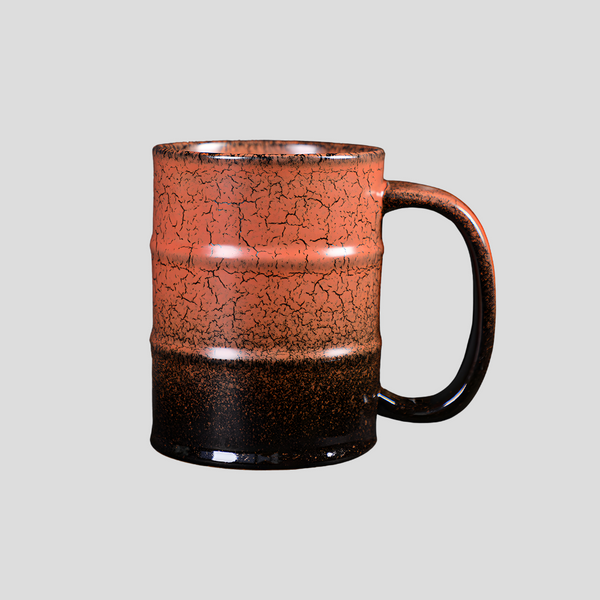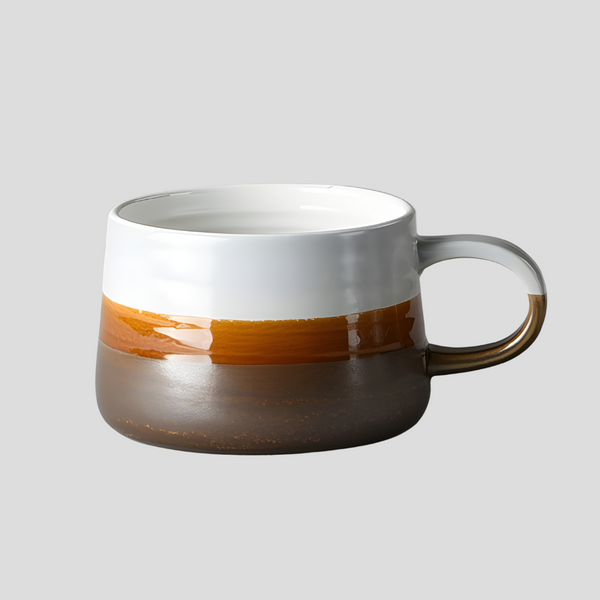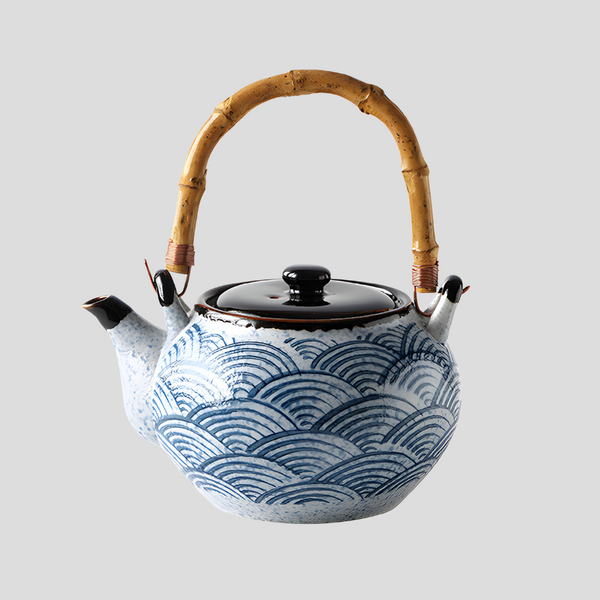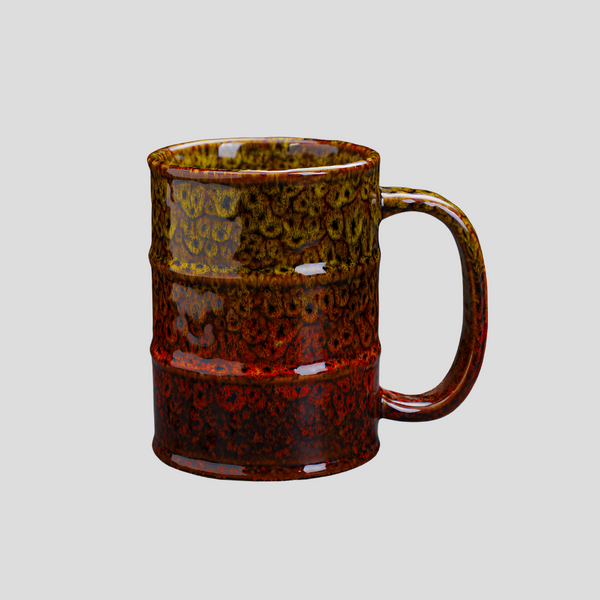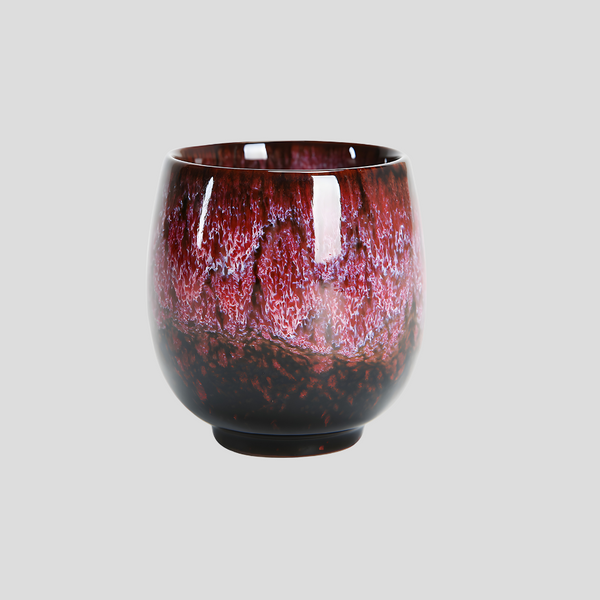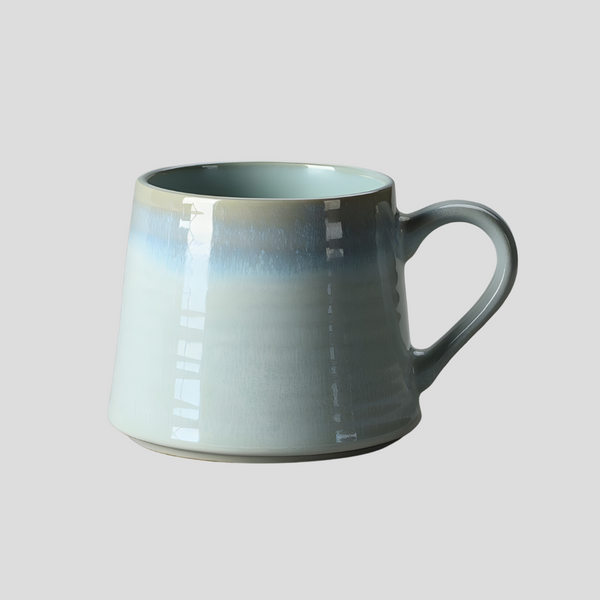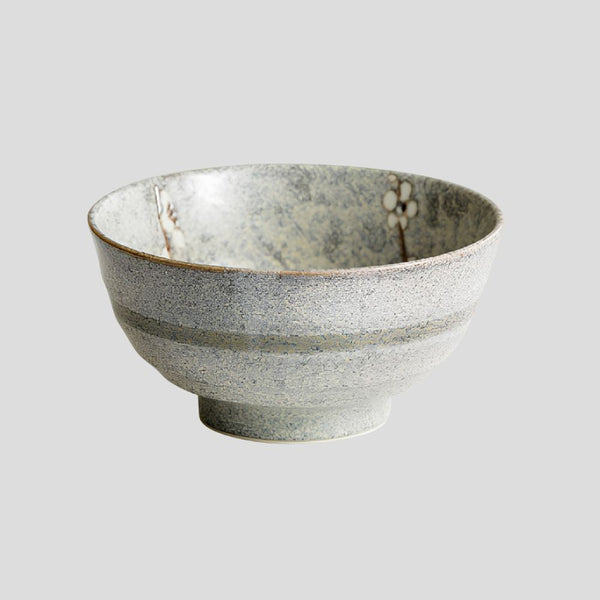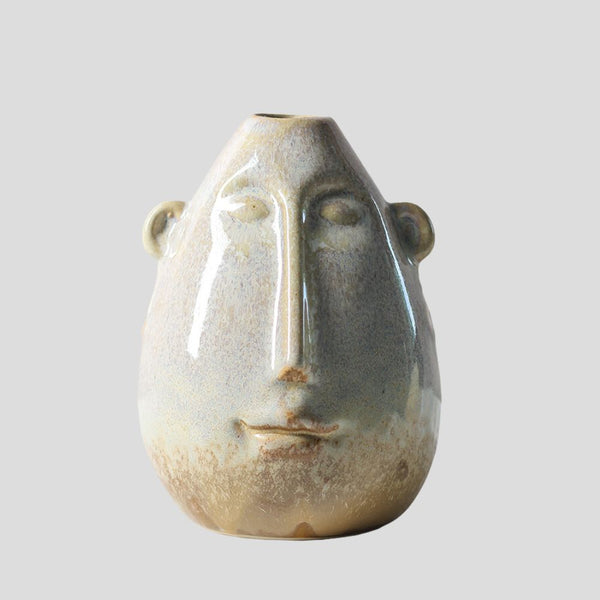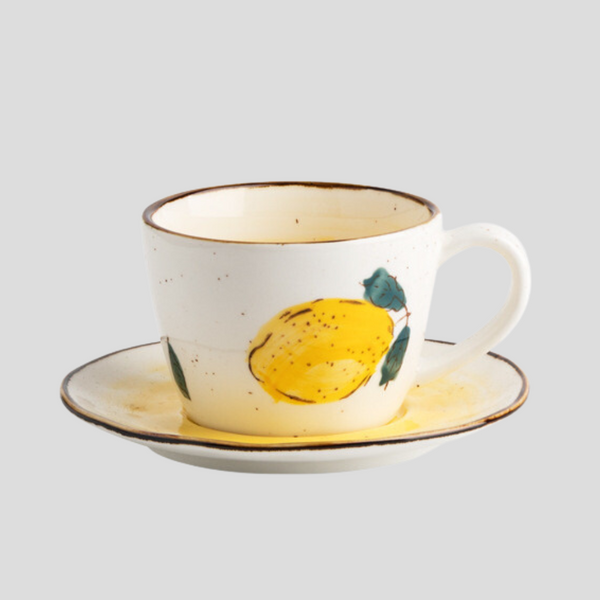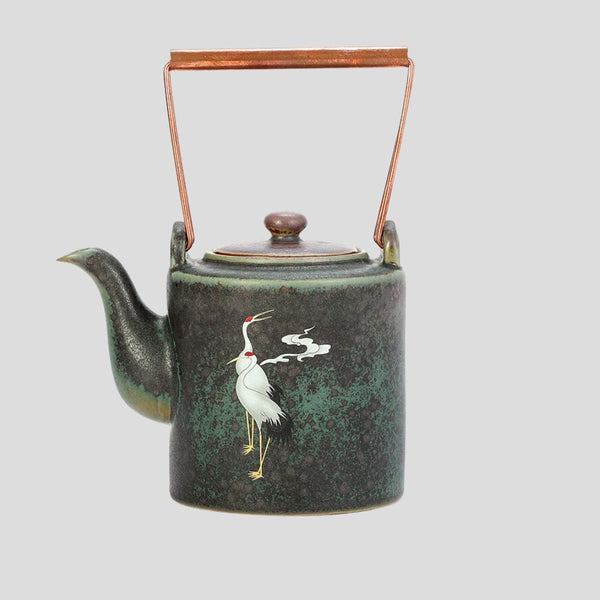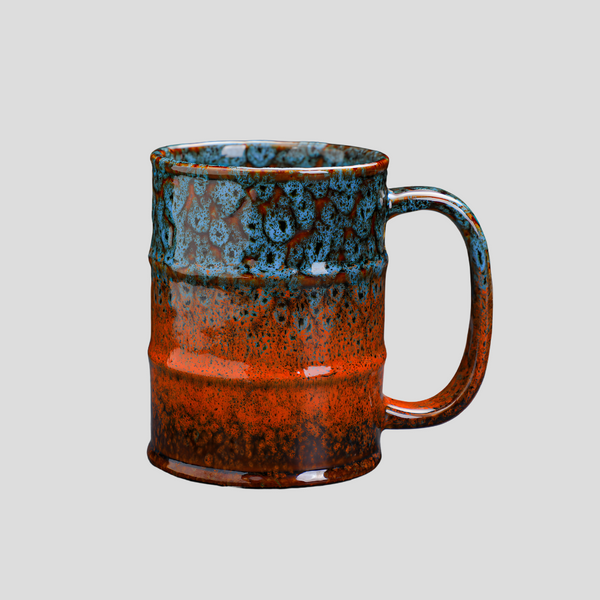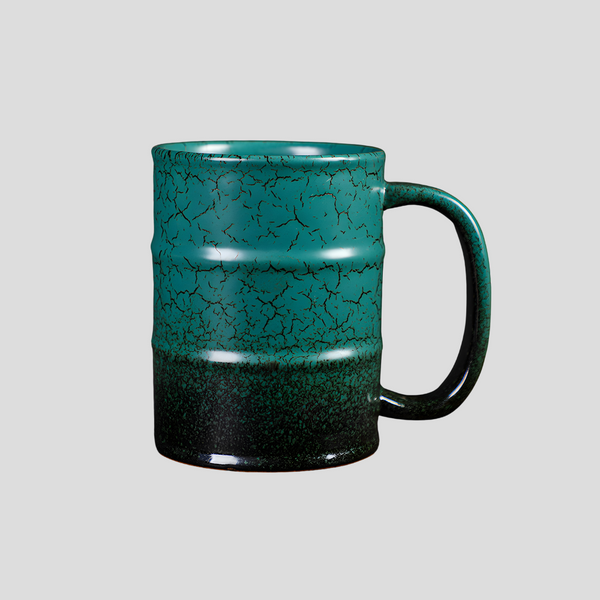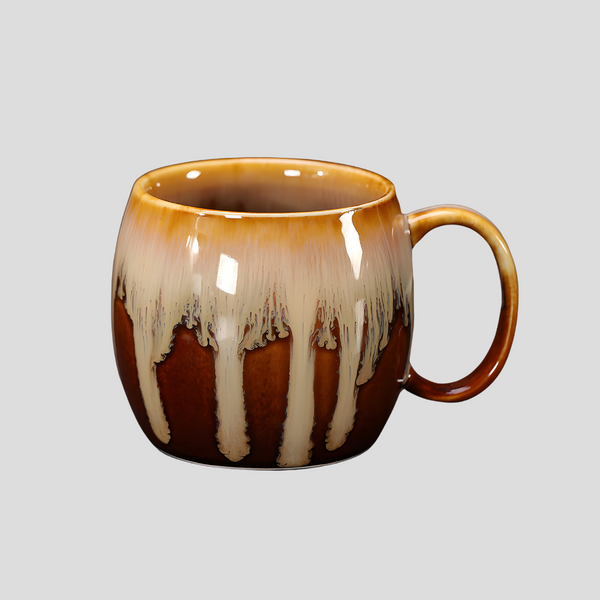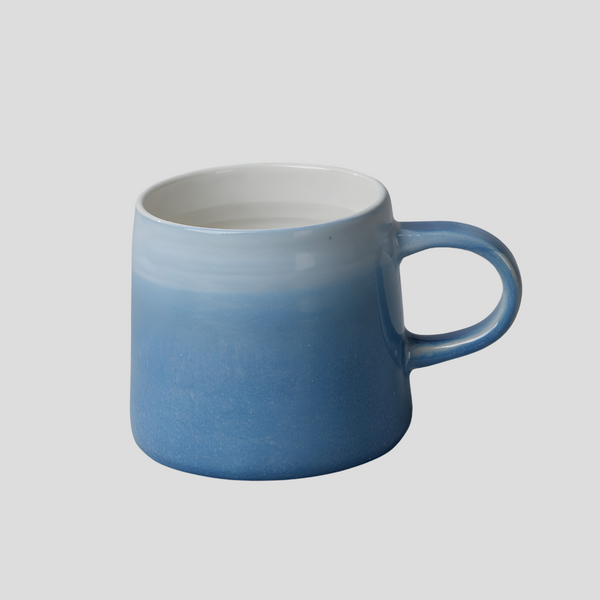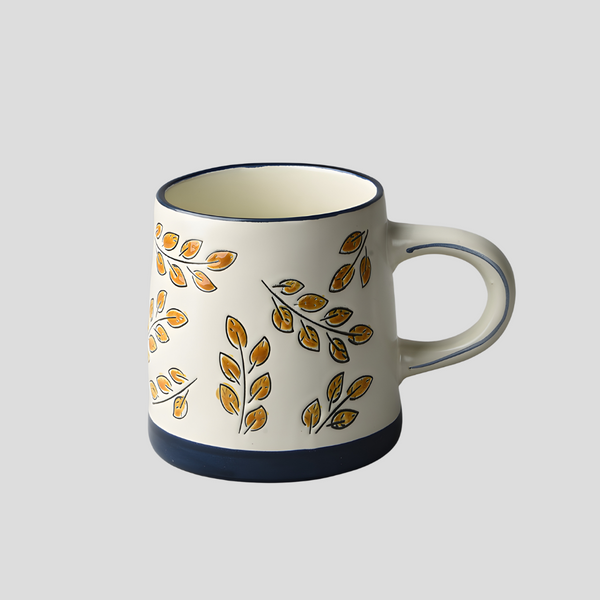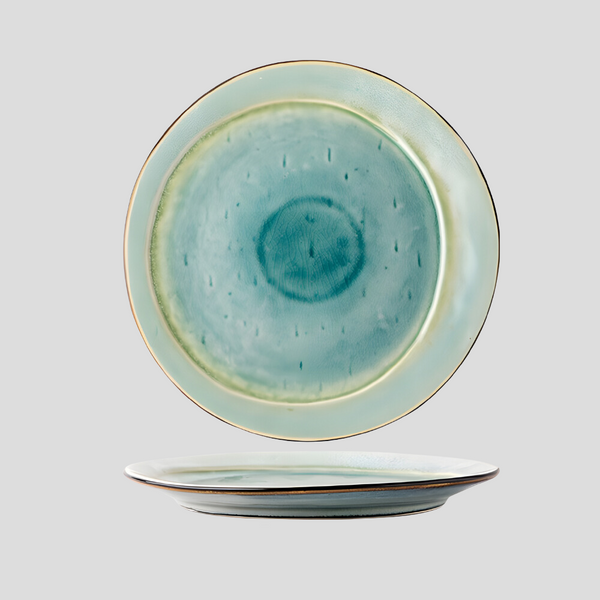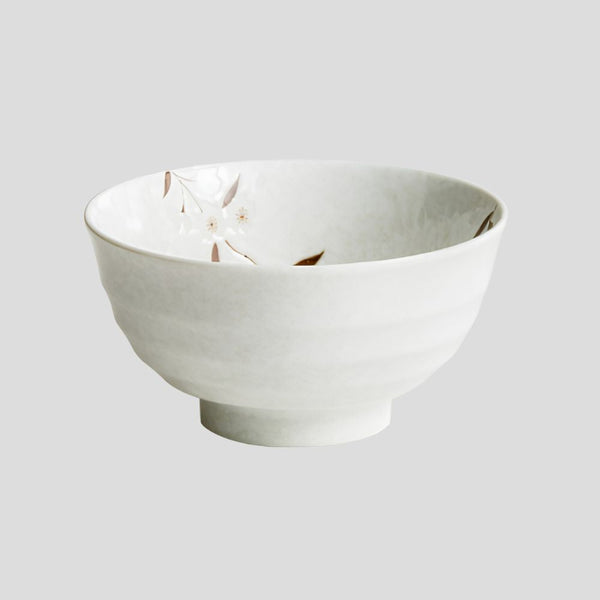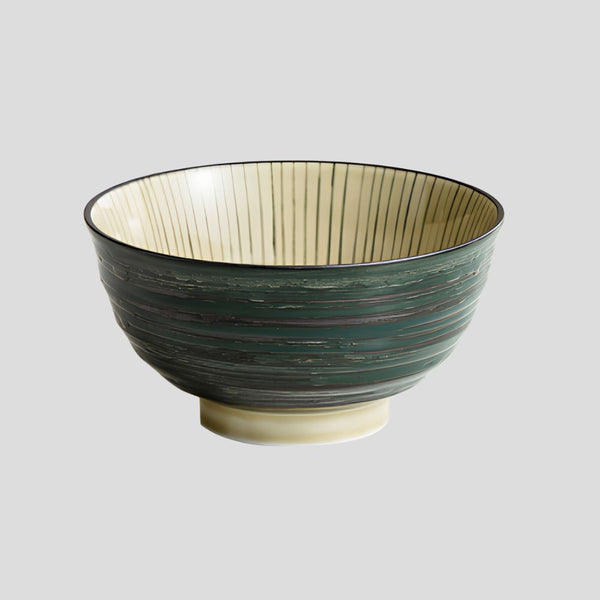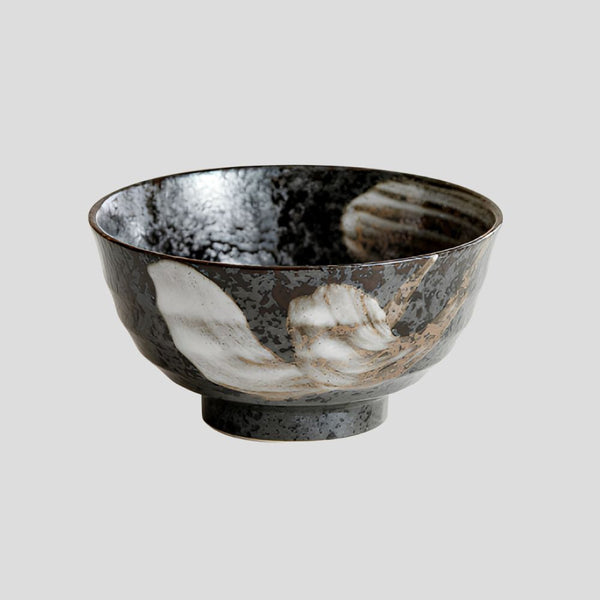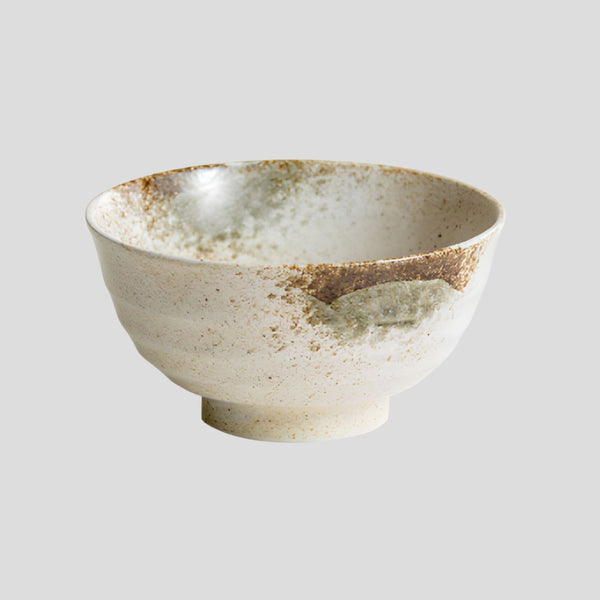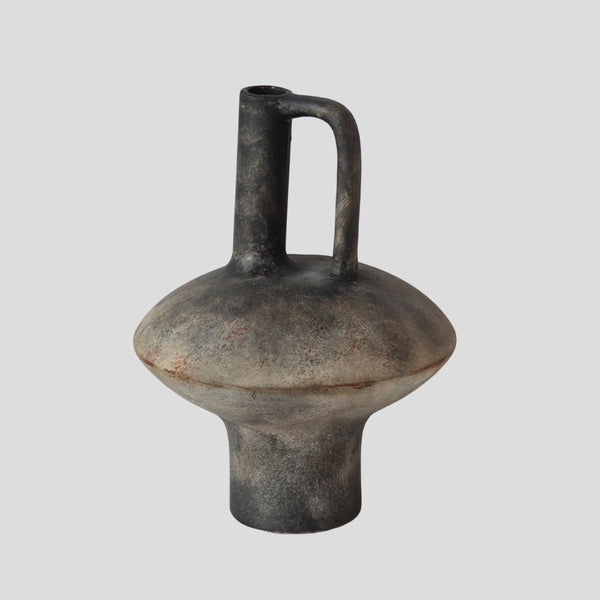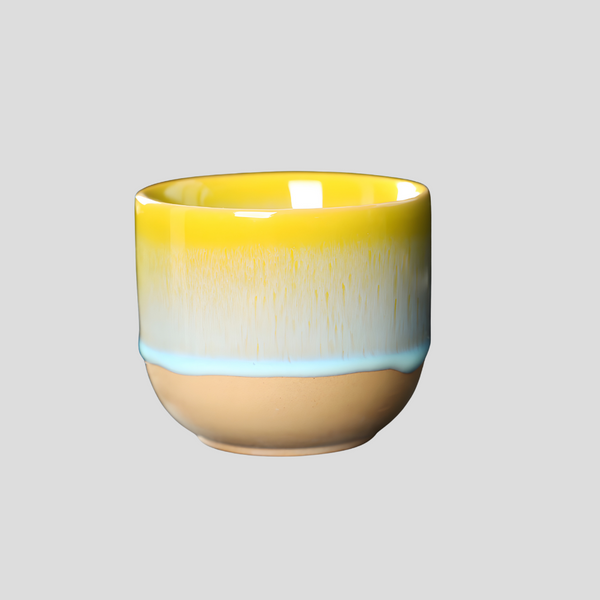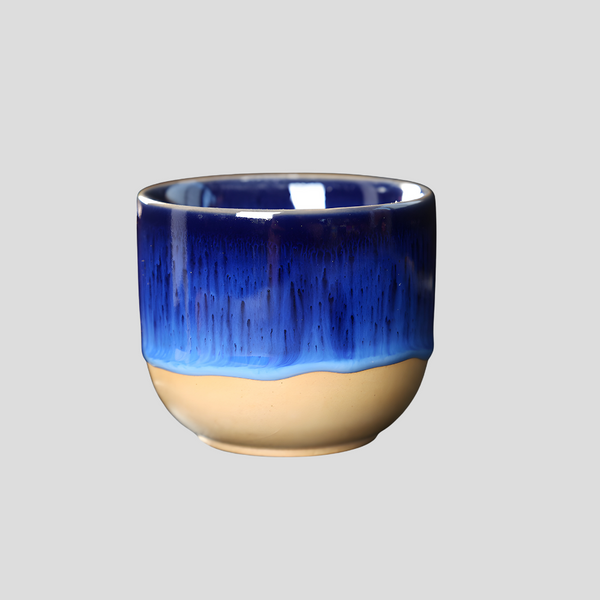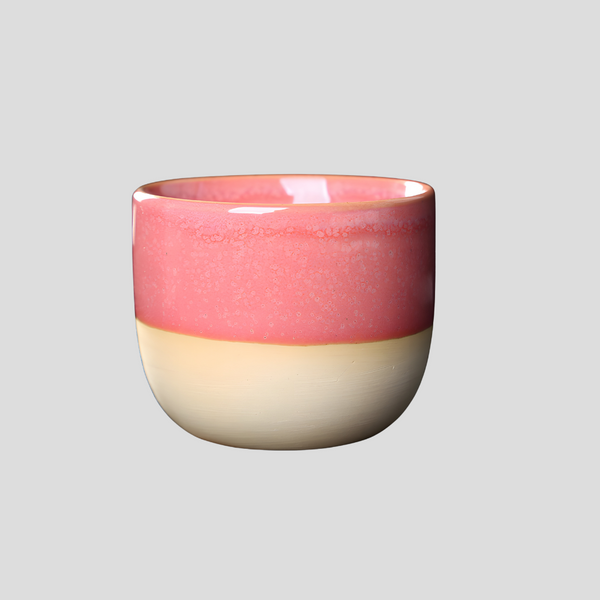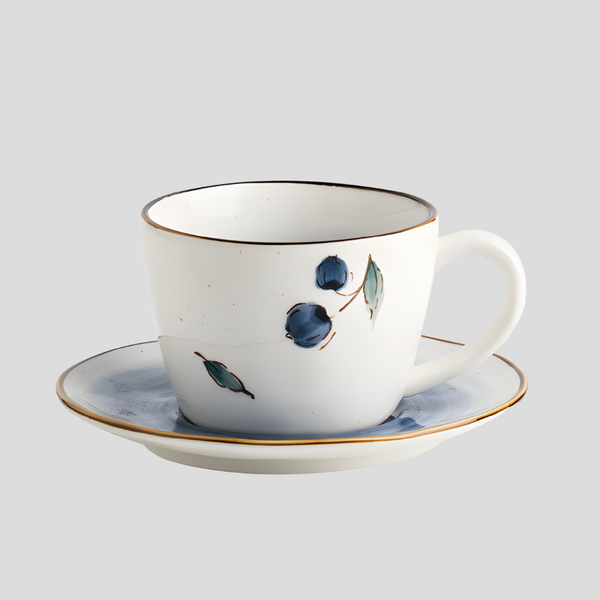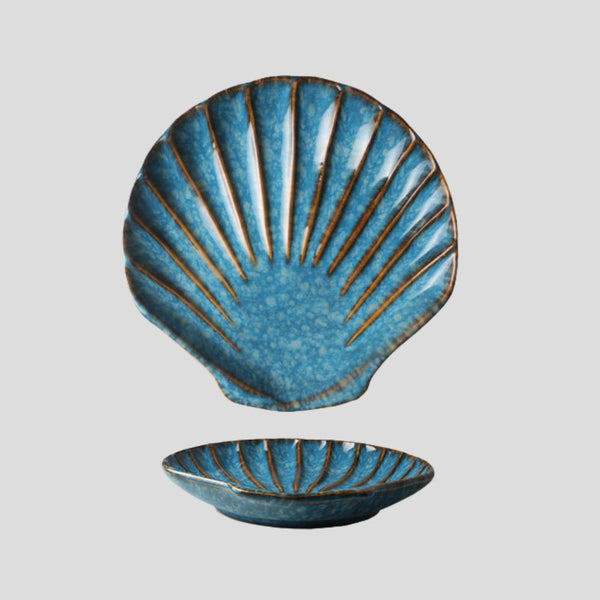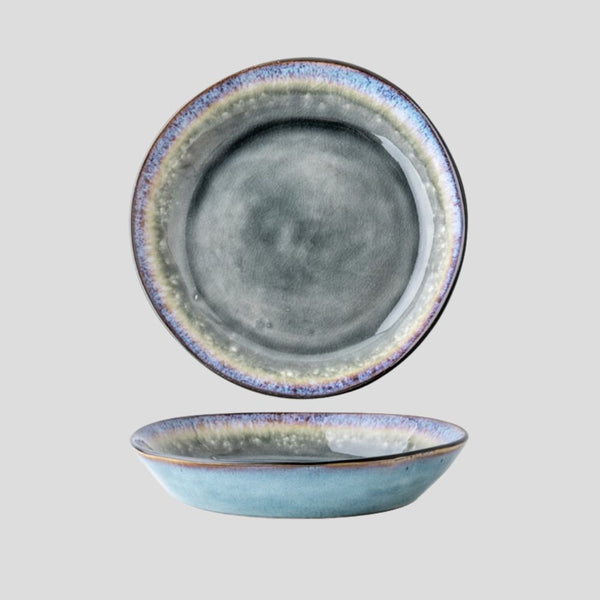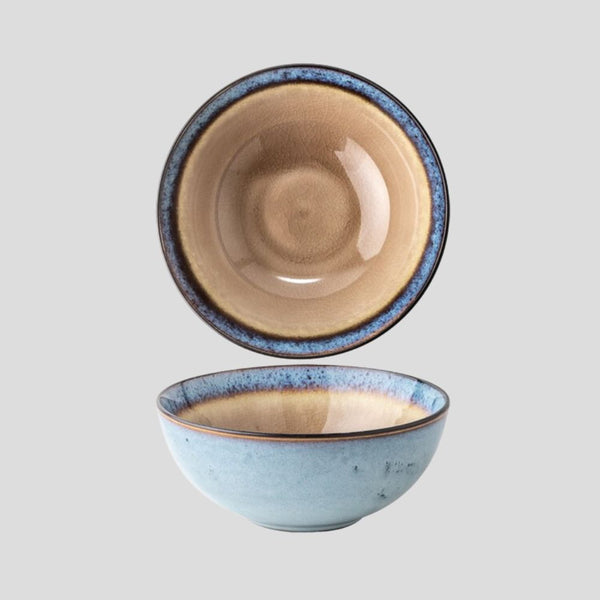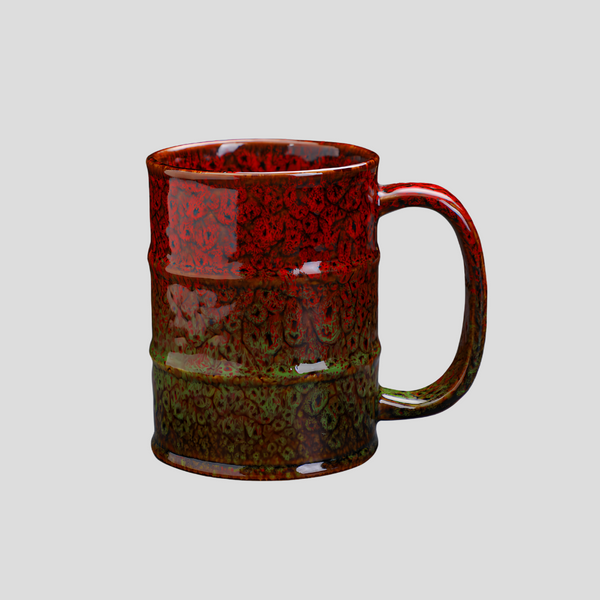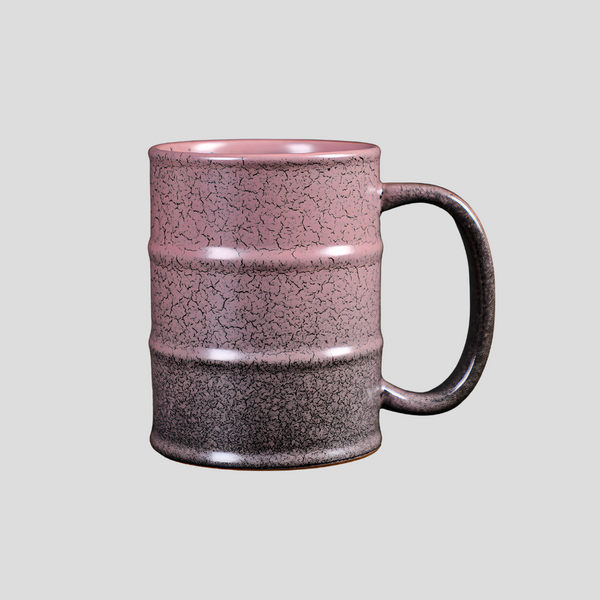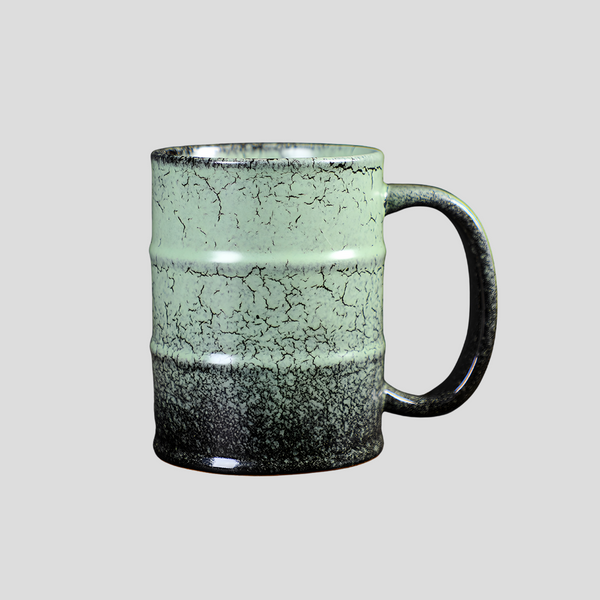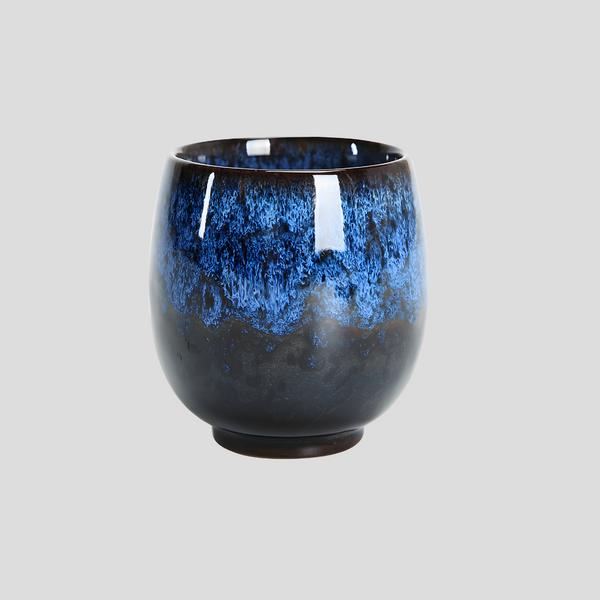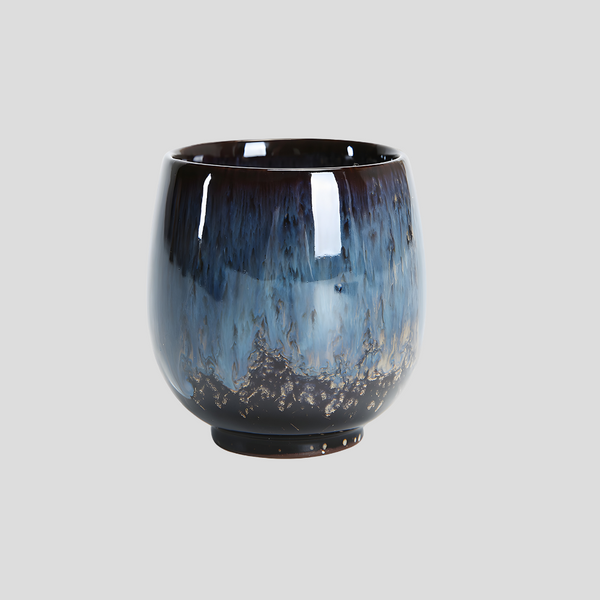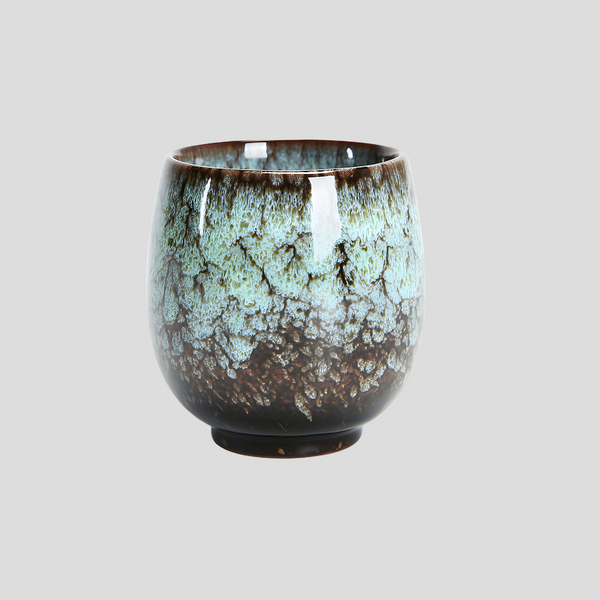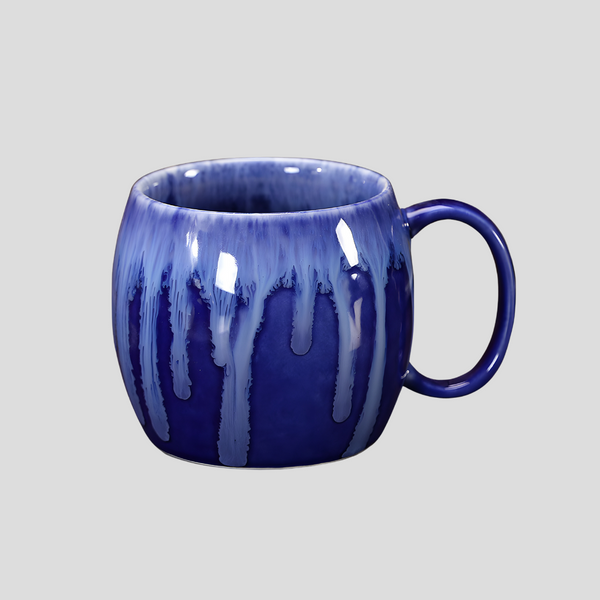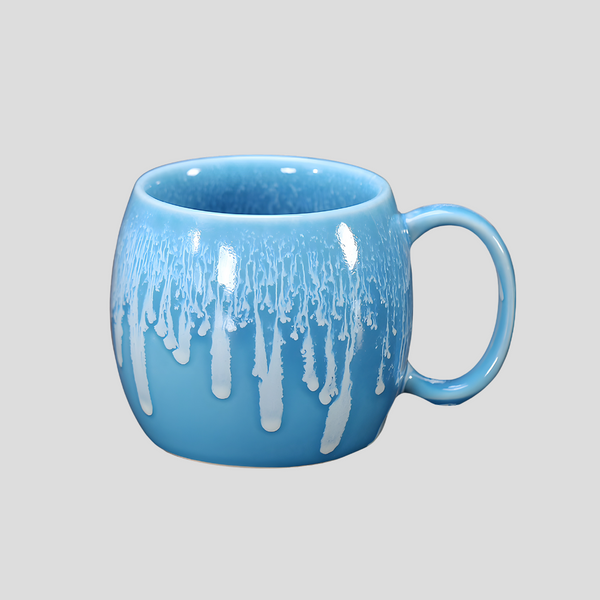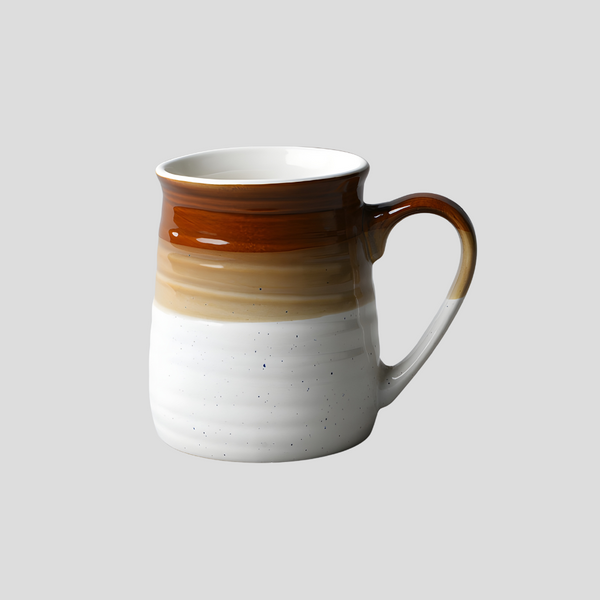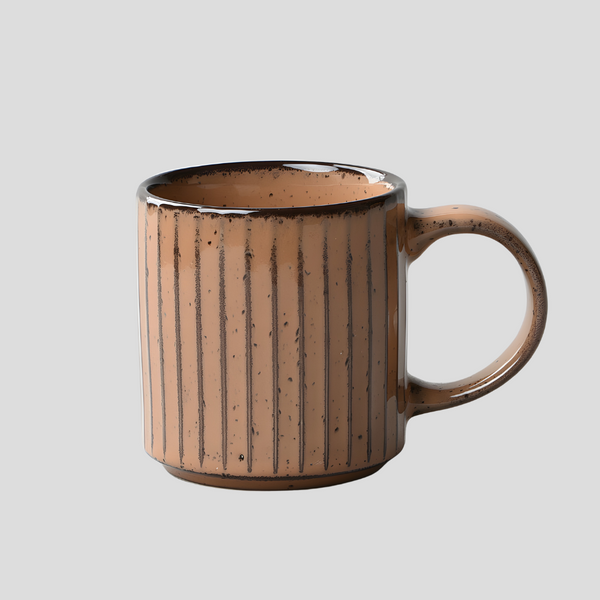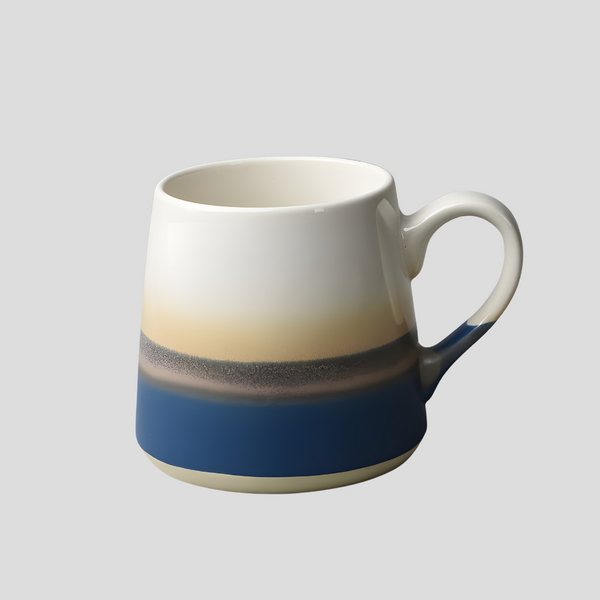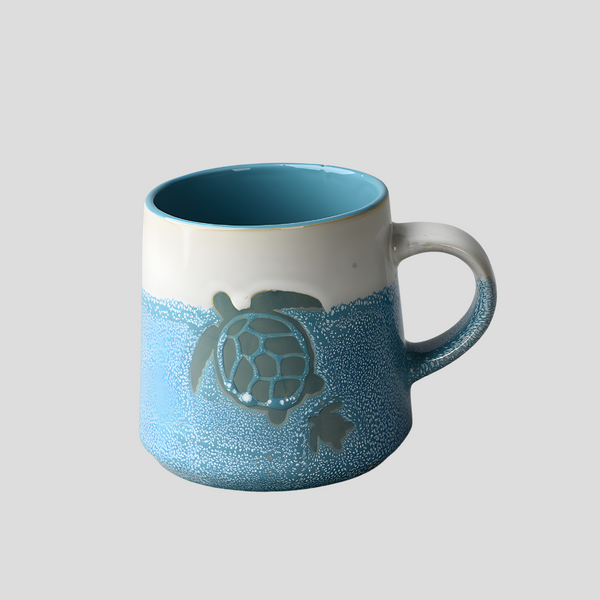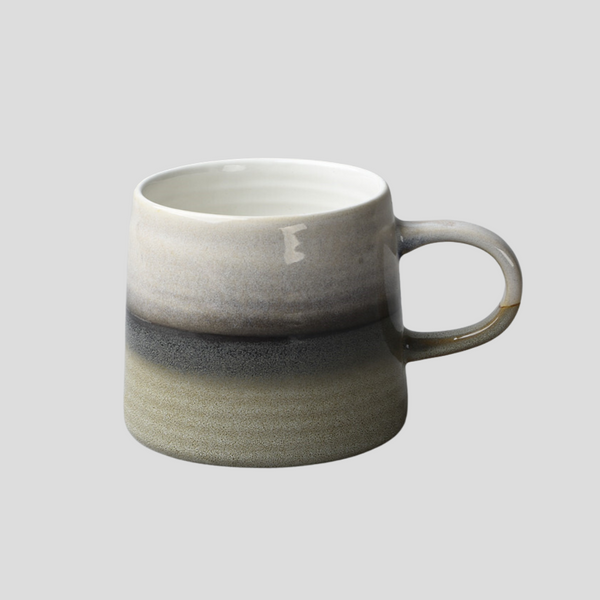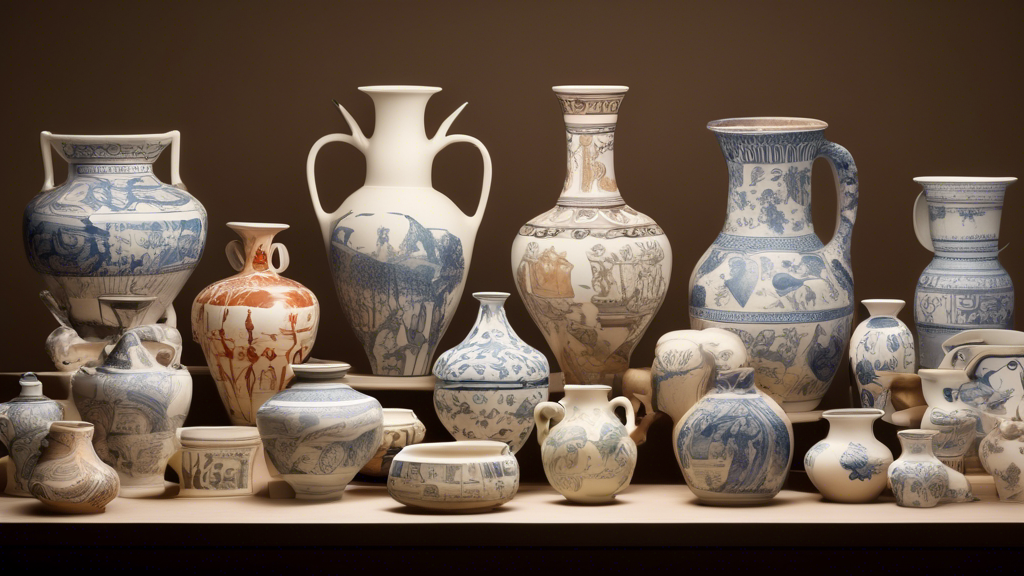
Exploring the Rich History of European Ceramics
The Dawn of European Ceramics
The history of European ceramics is as diverse and colorful as the continent itself, boasting a rich tapestry of innovation, artistry, and craftsmanship that has evolved over centuries. From the early pottery of ancient civilizations to the sophisticated porcelain of the modern era, ceramics have played a vital role in European culture, economy, and artistic expression.
Ancient Beginnings
The story of European ceramics begins with the earliest clay vessels created by Neolithic societies. These functional pieces were primarily used for cooking, storage, and carrying water. The ancient Greeks later elevated pottery by introducing artistic designs, with the famous black and red figure techniques, marking a significant step towards ceramics as a form of art.
The Influence of the Roman Empire
The Romans contributed significantly to the development of ceramics in Europe through the mass production of terra sigillata, a fine, glossy pottery. This period saw ceramics becoming more widespread, with Roman innovations in kiln technology improving the durability and quality of the ware.
The Middle Ages and Renaissance
During the Middle Ages, ceramic production was often centered around monasteries and manor houses, with the use of tiles for both functional and decorative purposes. The Renaissance period ushered in a renewed interest in the arts, including ceramics, highlighted by the emergence of majolica—a tin-glazed pottery that featured vivid colors and intricate designs, inspired by the Islamic pottery of Spain.
The Birth of Porcelain
While China had been producing porcelain since the Tang dynasty, Europe did not discover the formula until the early 18th century. The quest for the secret of porcelain, also known as white gold, led to the foundation of the Meissen Porcelain Manufactory in Germany, marking the beginning of European porcelain. Meissen became renowned for its exquisite designs, quality, and the distinctive crossed swords mark.
The Industrial Revolution and Beyond
The Industrial Revolution brought profound changes to ceramic production with the introduction of mechanized processes, allowing for mass production and making ceramics more accessible to the general populace. This period also saw the rise of famous factories like Wedgwood in England, which became known for its innovation, including the development of Jasperware.
Innovation and Art Nouveau
The late 19th and early 20th centuries saw a surge in artistic innovation within the world of European ceramics. The Art Nouveau movement, in particular, had a significant impact, with artists creating ceramics that were both beautiful and functional. The era was characterized by naturalistic designs, flowing lines, and often, an element of fantasy.
Contemporary European Ceramics
Today, European ceramics continue to thrive, with artists and manufacturers blending traditional techniques with modern technology. The field remains diverse, with everything from high-end porcelain to avant-garde artistic pieces being produced. International exhibitions and competitions showcase the innovation and talent of contemporary ceramic artists, ensuring that the rich history of European ceramics is still being written.
In conclusion, the journey of European ceramics from simple clay pots to intricate porcelain and beyond illustrates not only advancements in technology and craftsmanship but also the shifting tastes and societal values throughout history. This enduring art form remains a testament to human creativity and ingenuity, preserving the cultural heritage of Europe for future generations to admire and learn from.
Click this link to check out our ceramic artwork!
